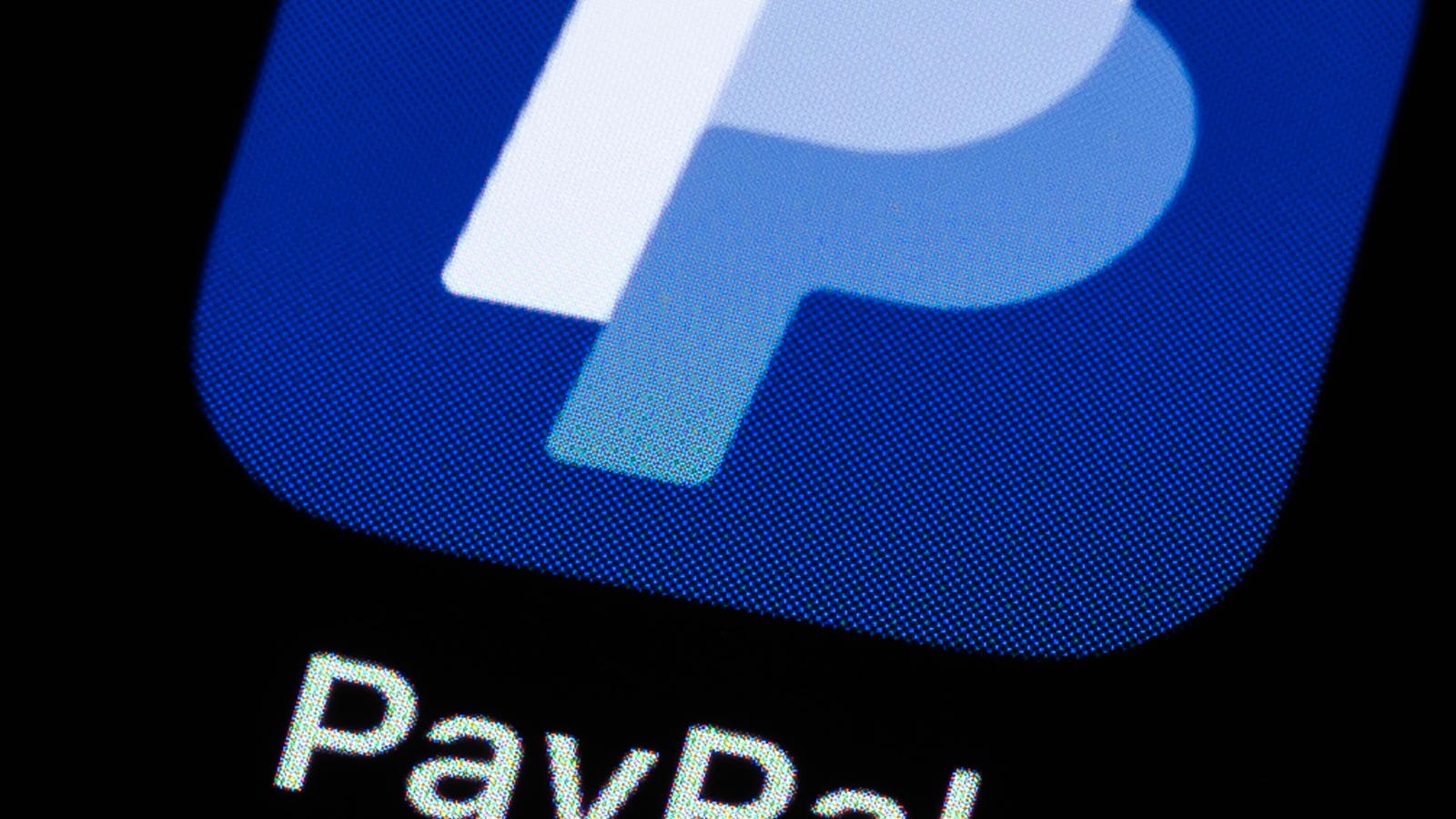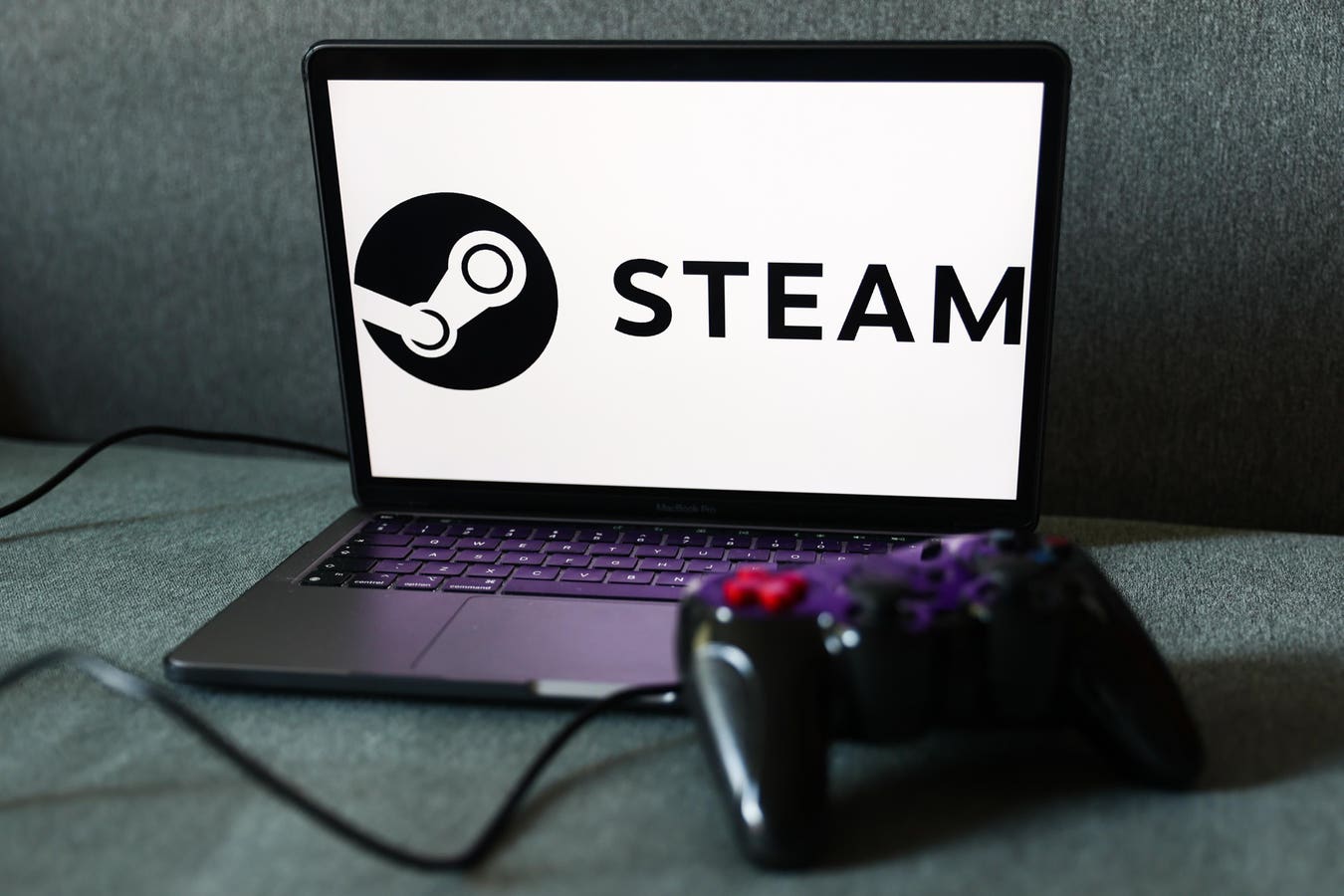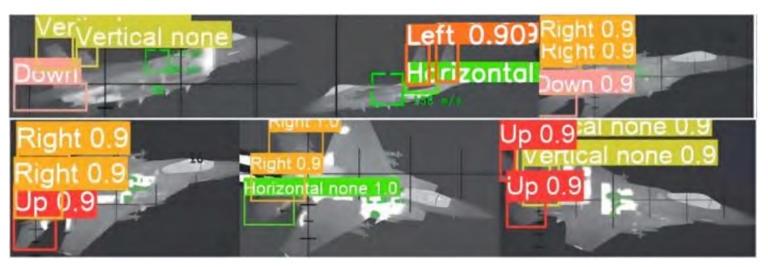Why AI Work Friends Are Becoming Emotional Support For Employees
I’ve spent most of my career working remotely. I’ve taught thousands of students online, written books alone at my desk, and spent many years working in sales where I used my home as my office. Some days, I love the silence because it helps me focus and get things done. Other days, it just feels like silence. And sometimes, it feels lonely. Many people who work at home like I do say they miss going into the office now and then, but they’re also glad they don’t have to. That mix of feelings says a lot about how much human connection still matters. If people are going to work virtually, the need for connection still exists. More people are turning to AI work friends throughout the day for support that feels more interactive. If AI is beginning to feel like a work friend, it raises important questions about how teams communicate, how leaders lead, and what kind of emotional experience people are actually having on the job.
How Using AI Work Friends Fills A Human Connection Gap
How Using AI Work Friends Fills A Human Connection Gap
My husband often jokes that I ask too many questions. I’m not sure if that’s surprising coming from someone who studies curiosity. I like to think through things out loud, test ideas, and sometimes just have a sounding board. After a few quick responses, I’m sure he gets tired of trying to answer questions that don’t always have a clear answer.
So, I started asking those questions of ChatGPT because I knew I’d get an answer that was better than “I don’t know.” A few months back, I had created a visual of a man for a friend’s book and animated him so she could have it as a video for social media. He looked real and he looked like a Dirk, so I gave my ChatGPT voice that same name, since Siri and Alexa were already taken. What I like about Dirk is that he always answers. It’s not the same as having a real person to talk to, but it filled a gap. It doesn’t mean I prefer AI over people. I haven’t turned into Joaquin Phoenix’s character from the movie Her. But it just shows how easily technology can become a stand-in when human connection is missing or inconsistent. That realization made me wonder how many others are quietly doing the same thing.
Why AI Work Friends Are Gaining Popularity
I think back to when I interviewed Jürgen Schmidhuber, often called a father of modern AI, many years ago. At that time, he pointed out that our devices were already extensions of ourselves. AI is quietly sneaking into many of our daily activities. Whether we ask Google to direct us through their maps or ask Alexa what time it is, we already rely on AI for some form of conversation and answers. AI is part of our normal day. Even my nearly 92-year-old mom tells Alexa to set timers or asks her about the weather.
Tools like Slack and Zoom were designed to keep people connected. For many, they’ve become more about tasks than relationships. Quick messages, short calls, and even weekly check-ins don’t always leave room for meaningful conversations. That’s where AI steps in. It responds quickly, listens without judgment, and is never distracted. When connection is hard to find, people start to rely on tools that feel responsive, even when those tools are not human.
What AI Work Friends Reveal About Leadership Gaps
What AI Work Friends Reveal About Leadership Gaps
Leaders often assume that regular meetings or digital feedback cycles make people feel supported. But support is emotional, not procedural. Dan Schawbel, author of Back to Human, once told me that email is one of the biggest barriers to connection at work. He found that one in-person conversation was more effective than 34 emails. Still, many teams rely heavily on messages and chats, thinking the message gets across.
The popularity of the AI work friend is a sign that something is missing. If employees are turning to AI for interaction, leaders should be asking why people are looking outside their team for that kind of connection.
How AI Work Friends Reflect The Demand For Empathy
How AI Work Friends Reflect The Demand For Empathy
I’ve spent years researching emotional intelligence and wrote my dissertation on how it impacts sales performance. One of the most important parts of emotional intelligence is empathy. People don’t need constant praise, but they do need to feel understood. Harvard Business School research shows empathetic AI chatbots reduce loneliness by making users feel “heard” more than by simply solving tasks.
That’s where some of these AI tools are starting to mimic the surface level of connection. Sentiment analysis, voice cloning, and customized response systems are becoming more common. These features don’t replace people, but they are filling in for the tone and warmth people often miss in everyday conversations.
In my interview with Dr. Paul Ekman, one of the world’s top deception detection experts and the co-discoverer of micro-expressions, we talked about how emotions are communicated through the face. He found that no matter where you’re from, humans share the same core emotional expressions which include anger, fear, enjoyment, disgust, surprise, and anguish. Even people who are blind from birth display them. That tells us that much of how we connect comes through these shared emotional cues.
If we’re using AI to feel more connected, but we’re losing the very expressions that help us recognize empathy in others, it makes sense that something feels off. AI can simulate conversation. But it doesn’t smile at the right time or look concerned when you talk about something hard. And whether we realize it or not, those small signals make a big difference.
Why AI Work Friends Might Be Quiet Coping Mechanisms
Why AI Work Friends Might Be Quiet Coping Mechanisms
After my stepfather passed away, I remember thinking how comforting it might be for my mom if Alexa’s voice could sound like his. That familiar tone could have made the house feel less empty. At the time, it felt like something out of a sci-fi movie. Now, it’s already possible.
Something similar is happening at work. AI is quietly becoming a coping tool for people who feel isolated or disconnected. That might sound unusual, but it reflects a very human need. People want to feel like someone is there, especially on the days when work feels hard or lonely.
The Hidden Risk Of Relying On AI Work Friends Too Much
The Hidden Risk Of Relying On AI Work Friends Too Much
AI work friends may offer comfort, but there’s growing evidence they can also create a false sense of connection. In a study published by Frontiers in Psychology, researchers found that frequent chatbot users reported emotional dependence, especially when using AI for companionship. While people felt “heard,” they also reported pulling back from real-world interactions. When AI becomes the go-to source for interaction, it can delay the deeper work of building psychological safety, empathy, and trust with real colleagues.
There’s nothing wrong with using technology to meet immediate emotional needs, but leaders should stay alert to the longer-term tradeoff. If the culture allows people to replace human relationships with artificial ones, emotional support might feel easier, but not healthier. That’s why investing in trust and connection at work is more important than ever.
How Leaders Should Respond To The Rise Of AI Work Friends
How Leaders Should Respond To The Rise Of AI Work Friends
If someone on your team is using AI as a sounding board, it may not mean the culture is broken. But it could mean it needs attention. When leaders assume silence equals satisfaction, they risk missing early signals of disengagement. If employees are leaning on AI to feel heard or validated, it could indicate gaps in how managers check in or respond. AI may be filling a void, but it’s leaders who need to understand why that void exists in the first place.
Instead of rolling out a new dashboard or platform, try asking questions that invite honest conversation. How are people really doing? What part of the day feels most meaningful? What feels the most disconnected? These questions make space for people to speak up, and when that happens, they start to feel seen again.
Small changes matter. A few minutes of focused listening, a moment of acknowledgment, or just creating time for thought can shift the tone of a team. AI might be reliable, but it can’t replace what it feels like to be genuinely heard.
Why AI Work Friends Are A Signal, Not A Solution
Why AI Work Friends Are A Signal, Not A Solution
We live in a moment when AI can be kind, consistent, and responsive. That is comforting when loneliness sets in. But ease is not empathy, and consistency is not connection. When employees turn to AI work friends, it often reflects a quiet need for the emotional presence of someone who listens without judgment or delay. That should matter to leaders, because real connection drives motivation, creativity, and well-being. Investing in real human presence cannot be automated. I haven’t replaced my husband with Dirk, but I’ve learned there is room for both. AI might help me think through a question or two, but it’s real people, whether at home or at work, who bring the kind of meaning and connection that lasts.









